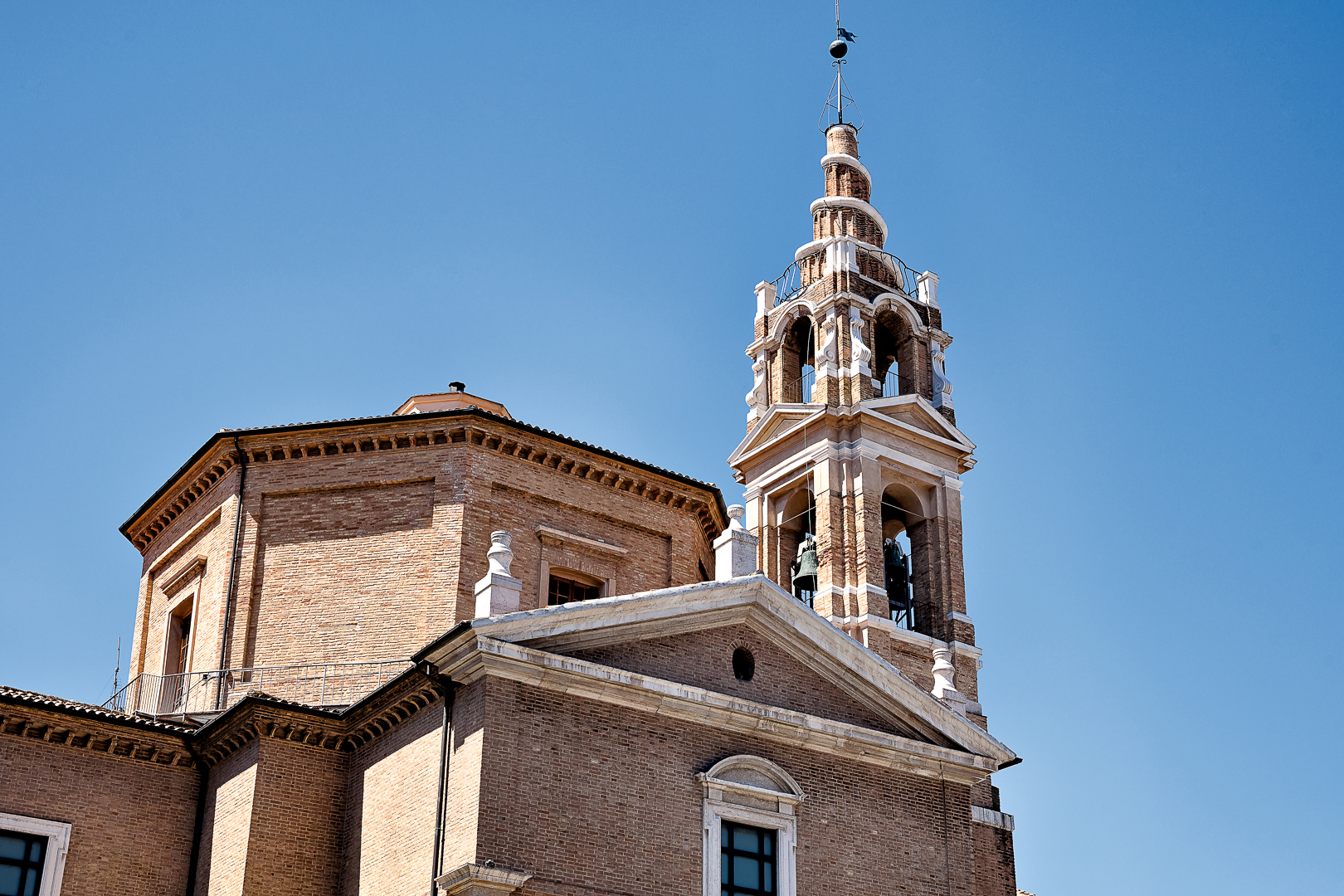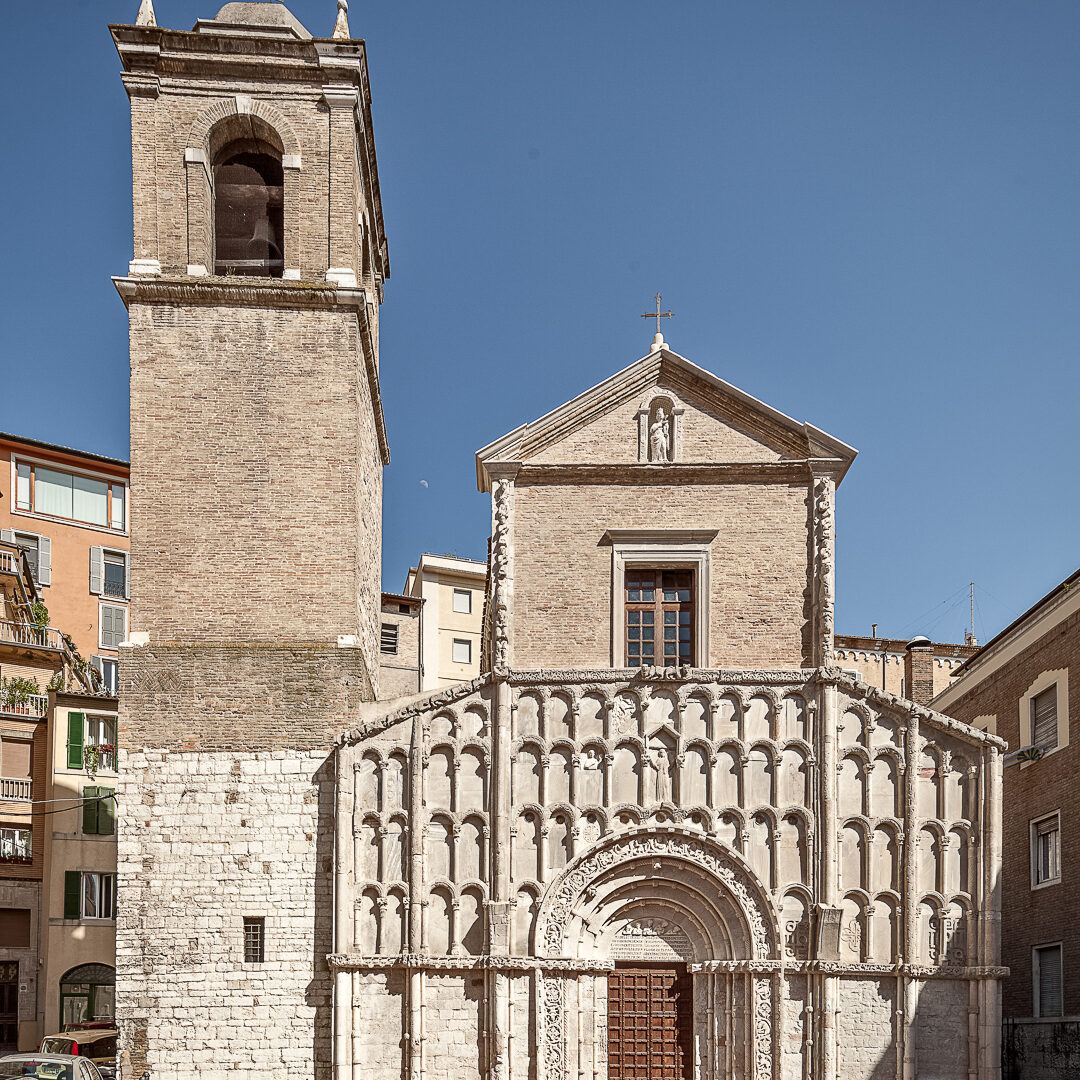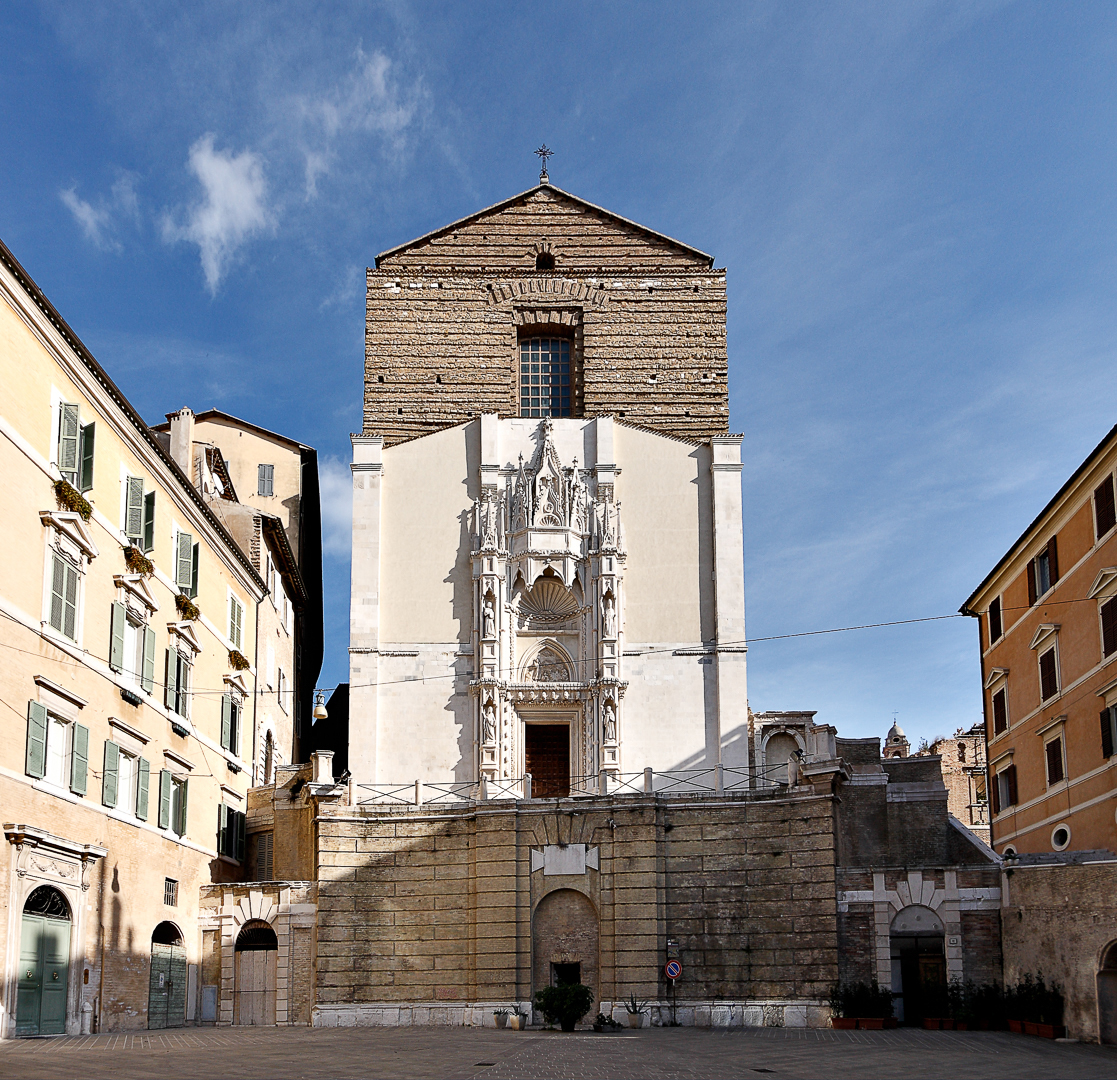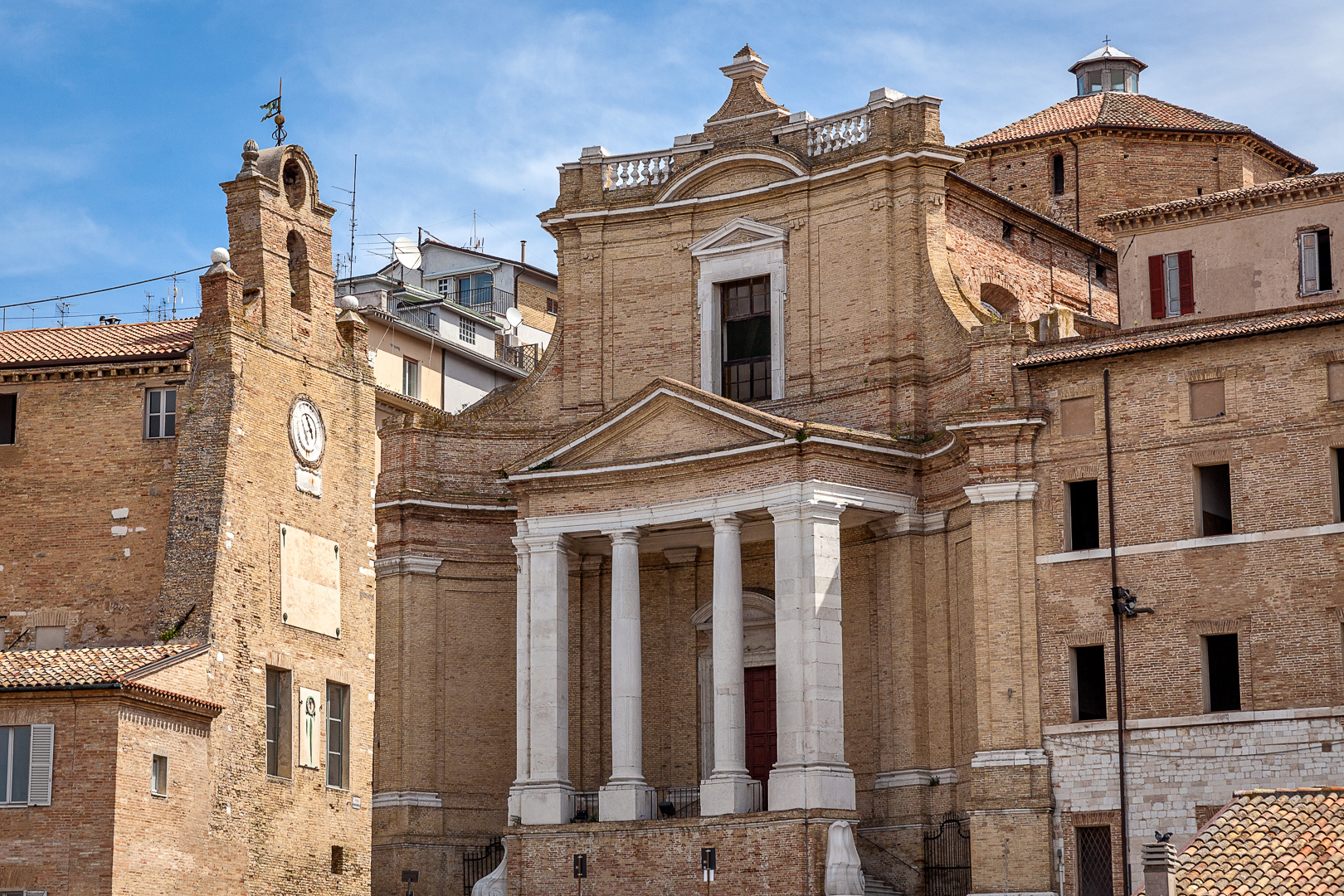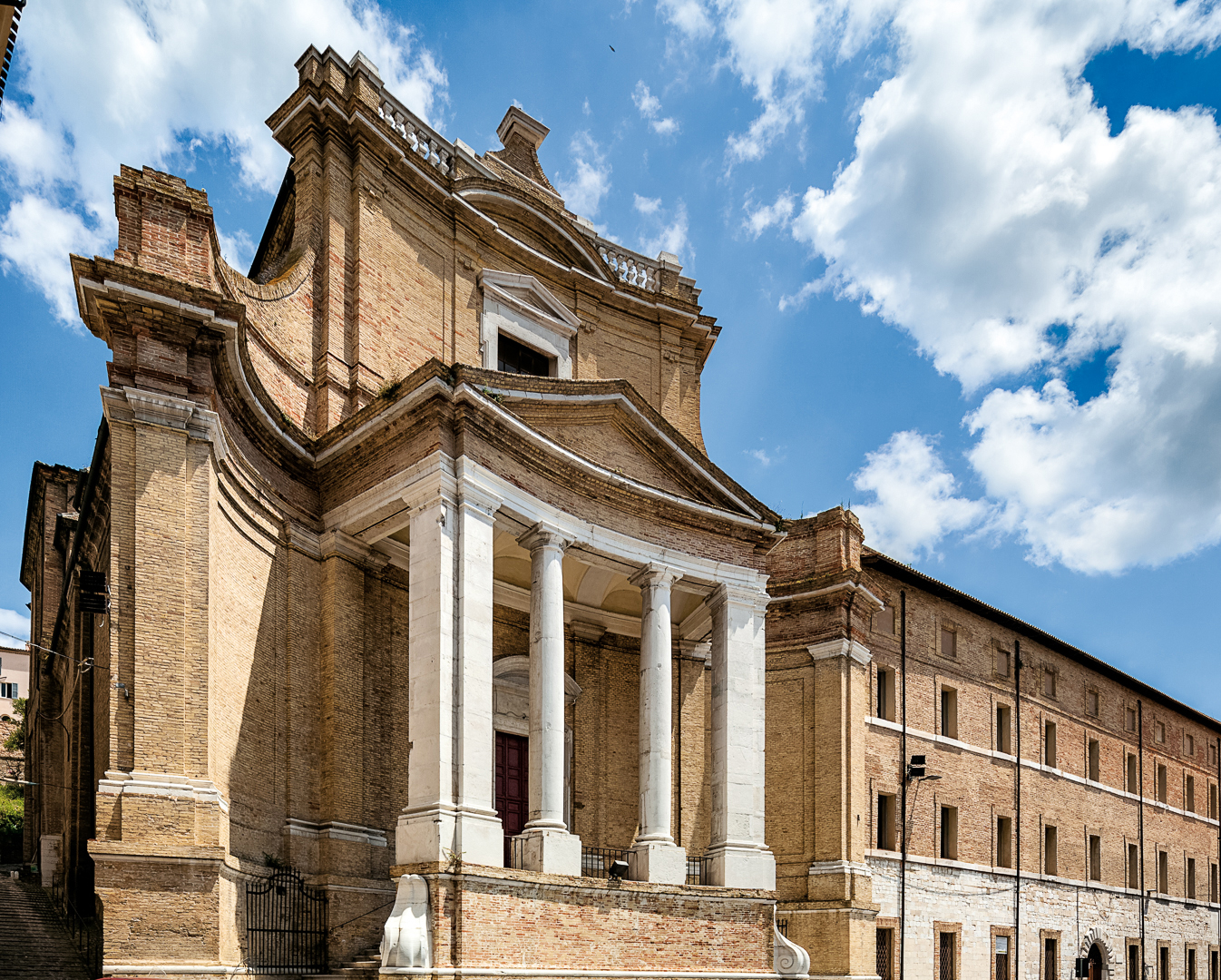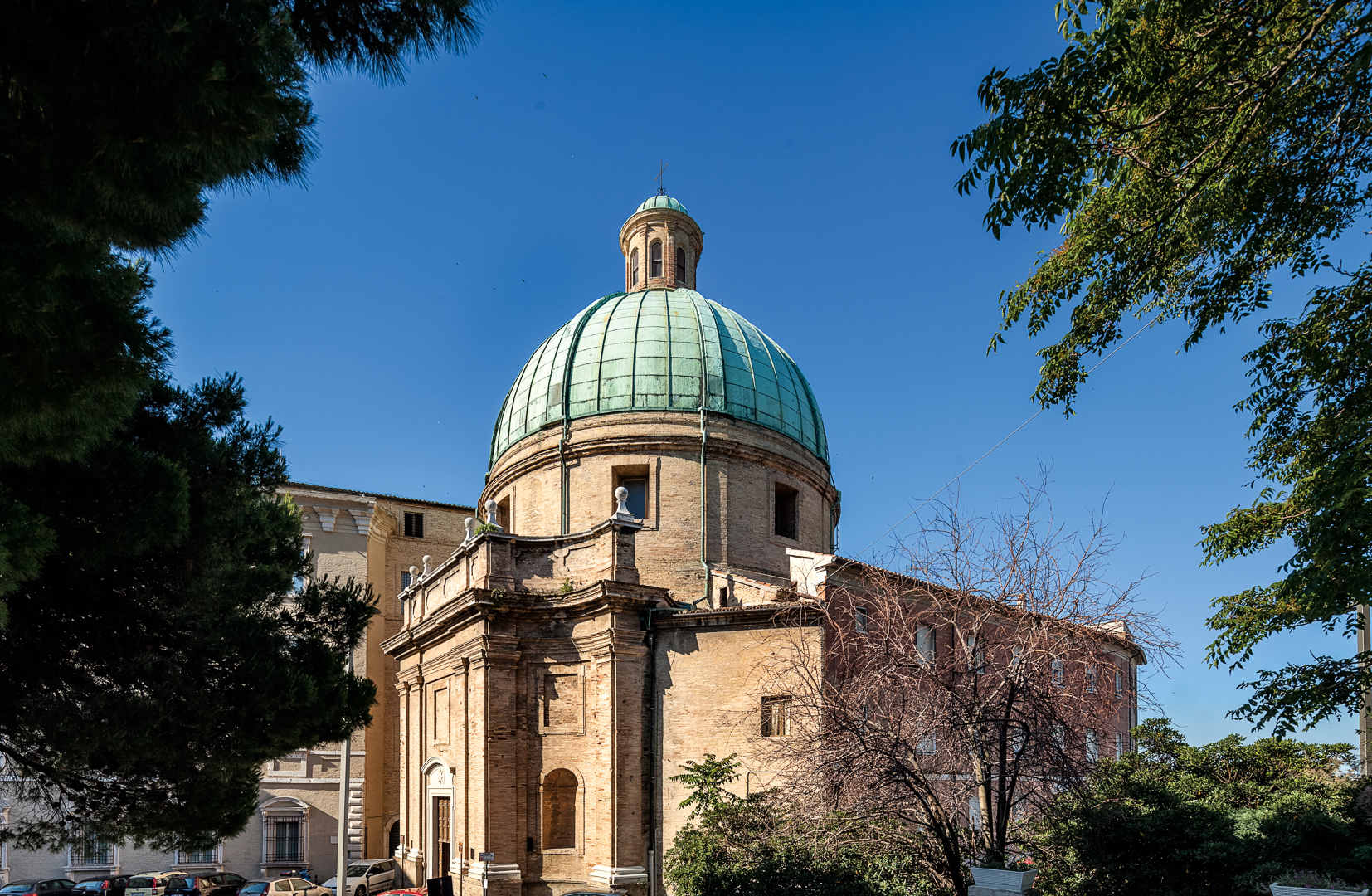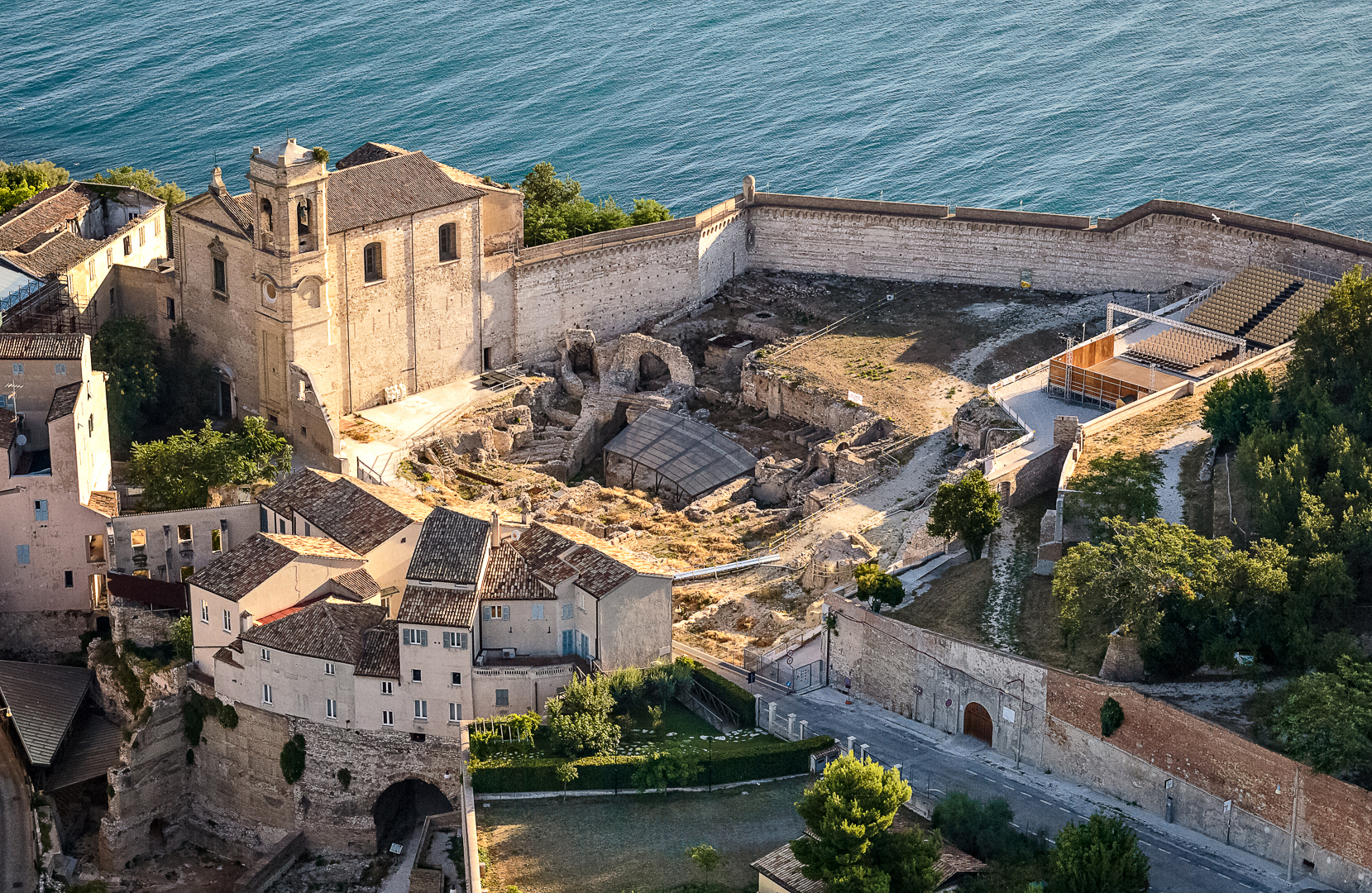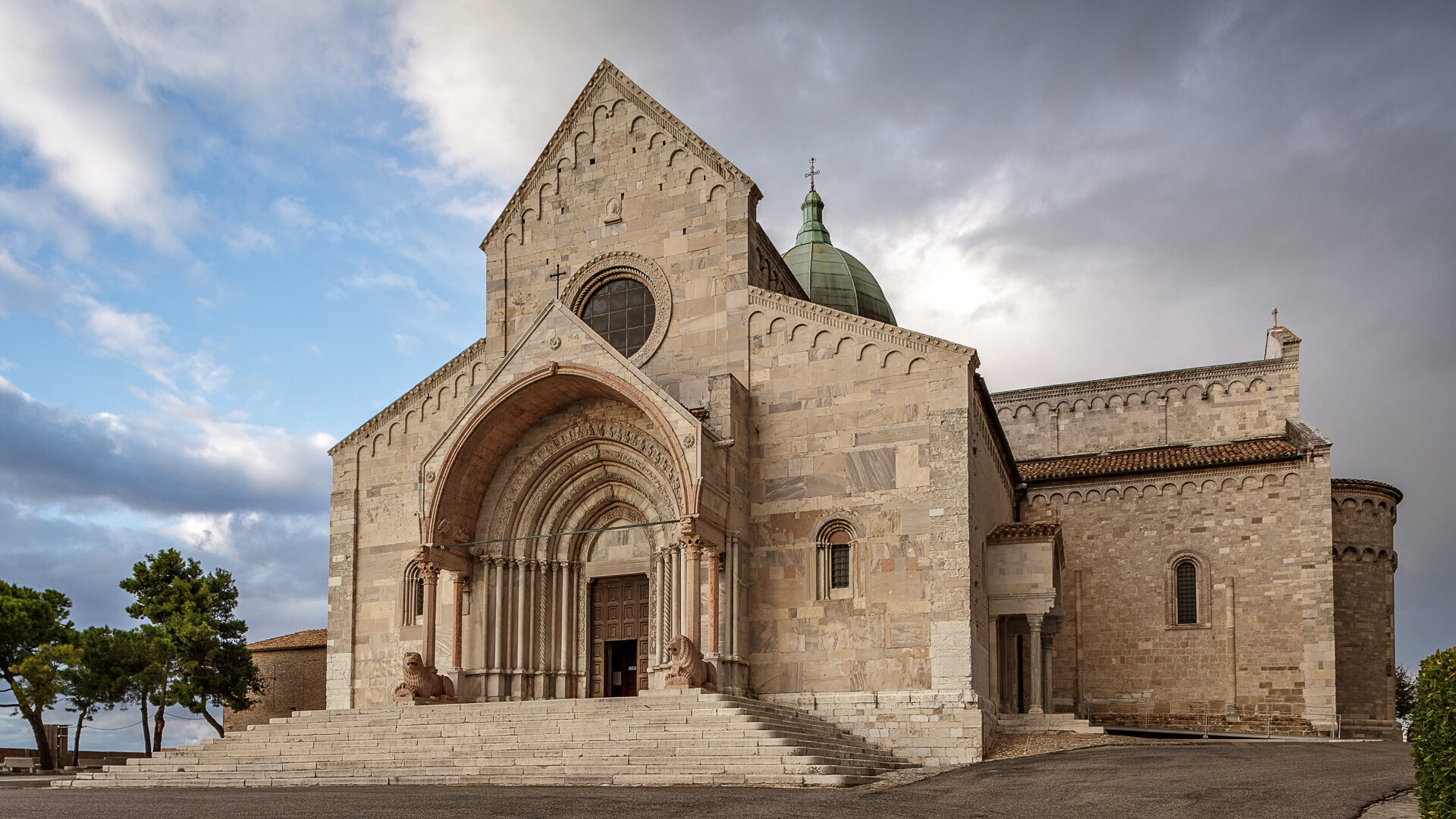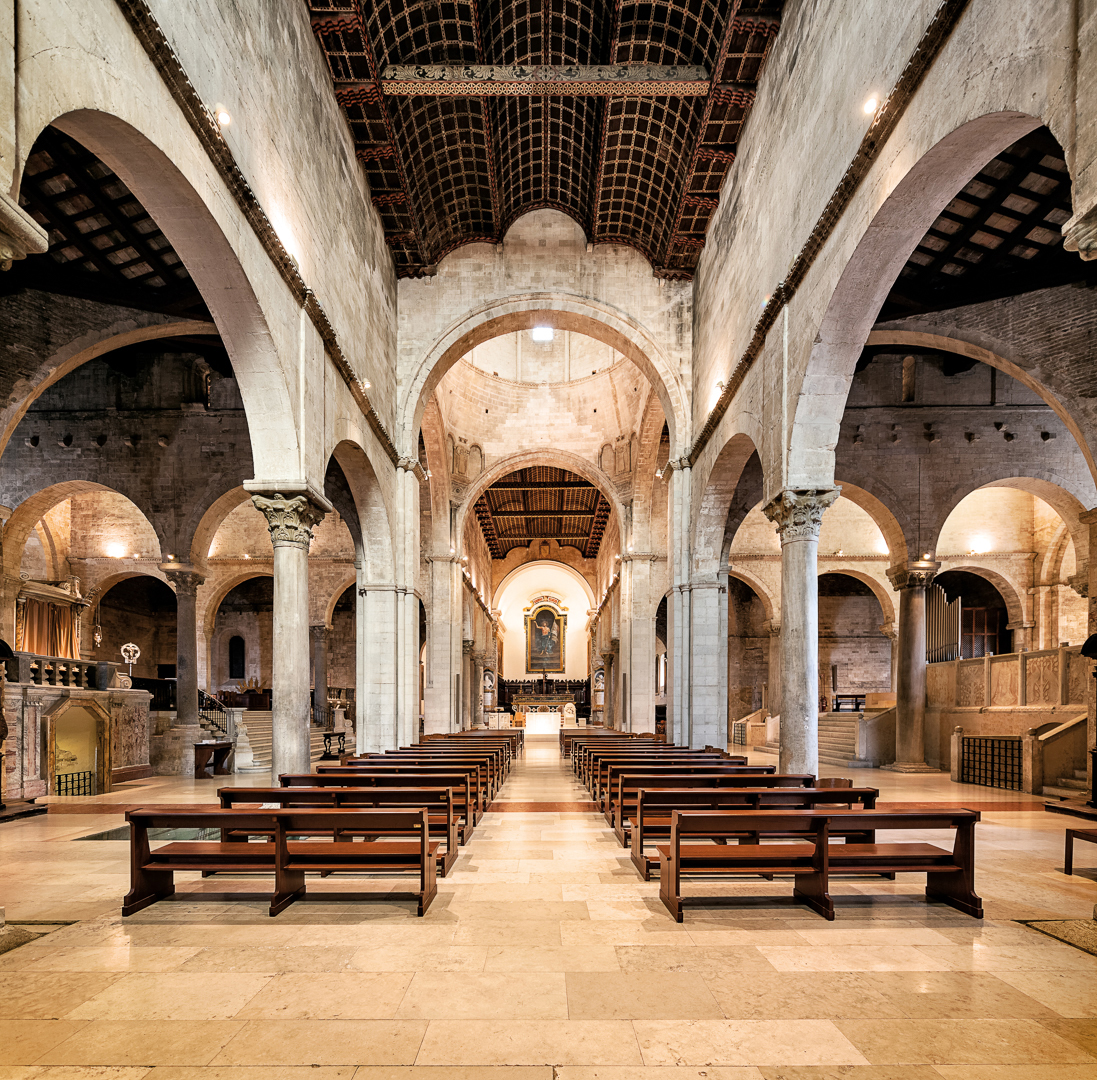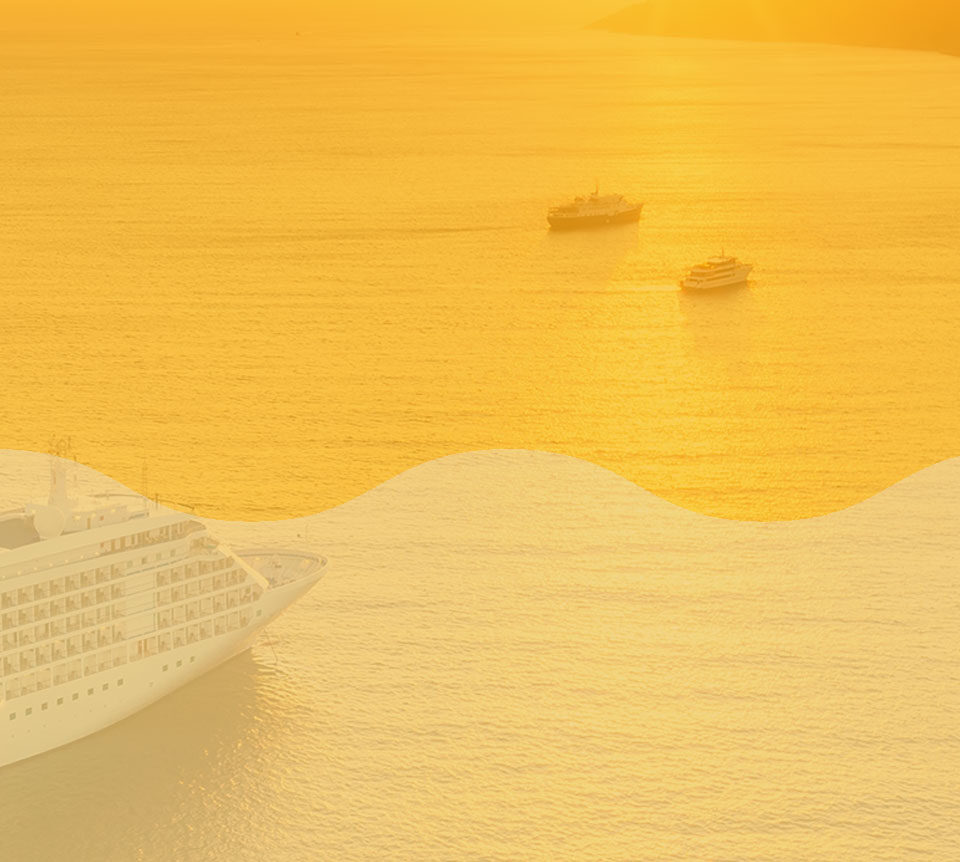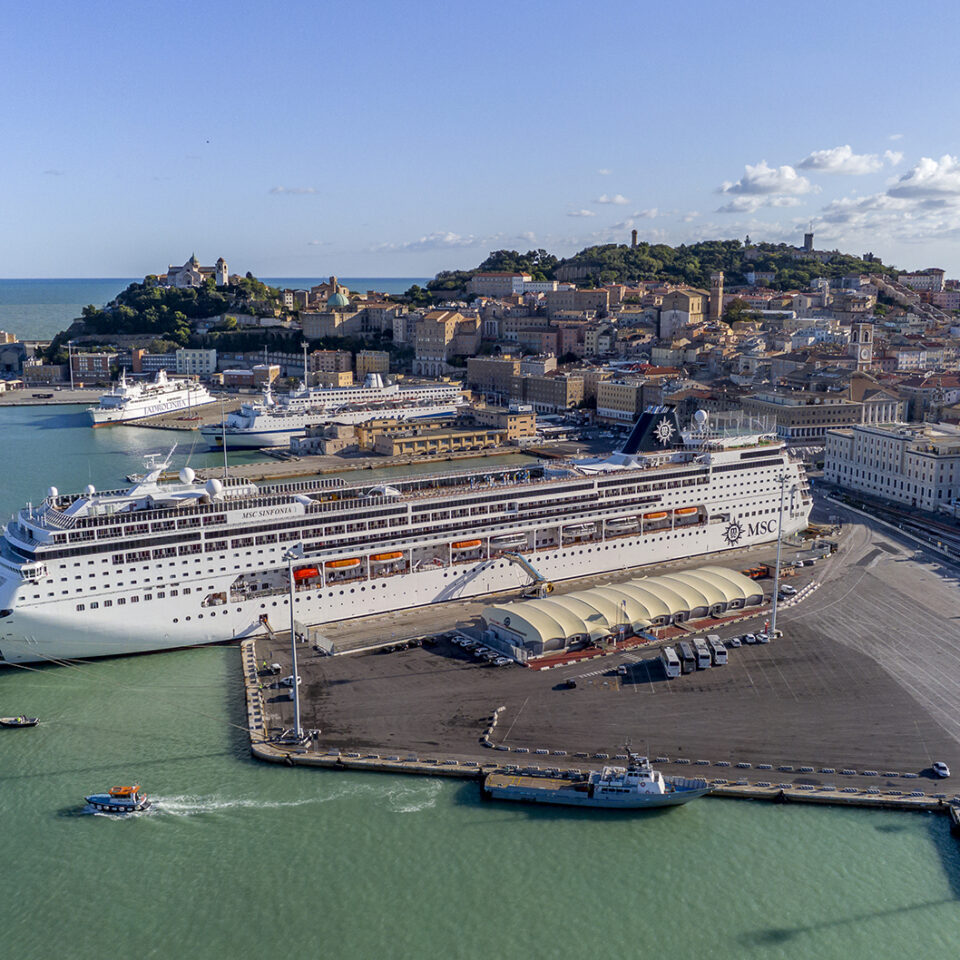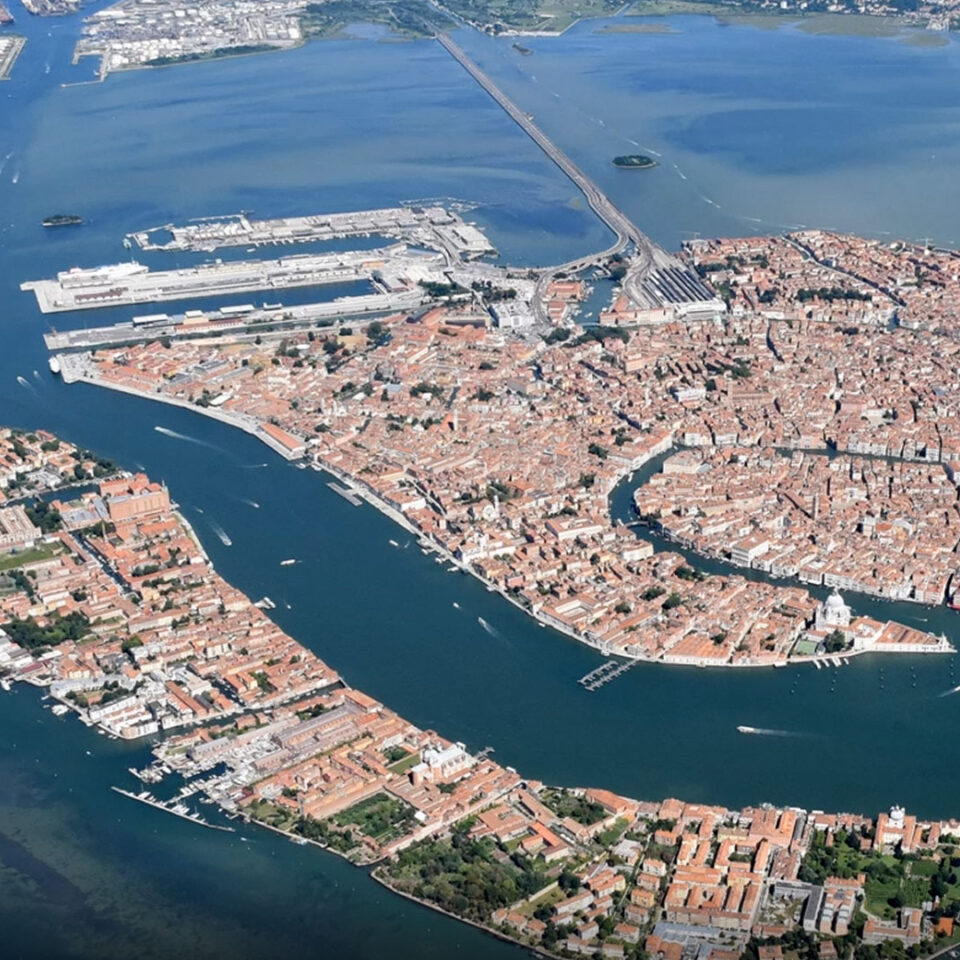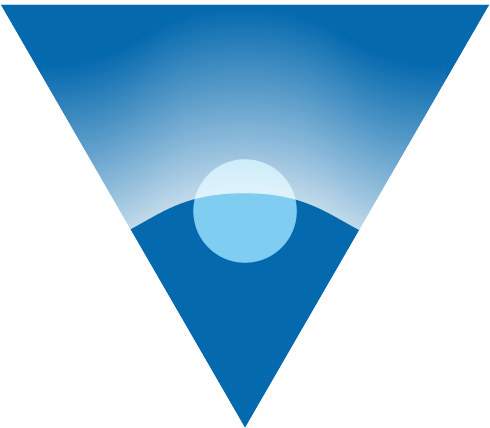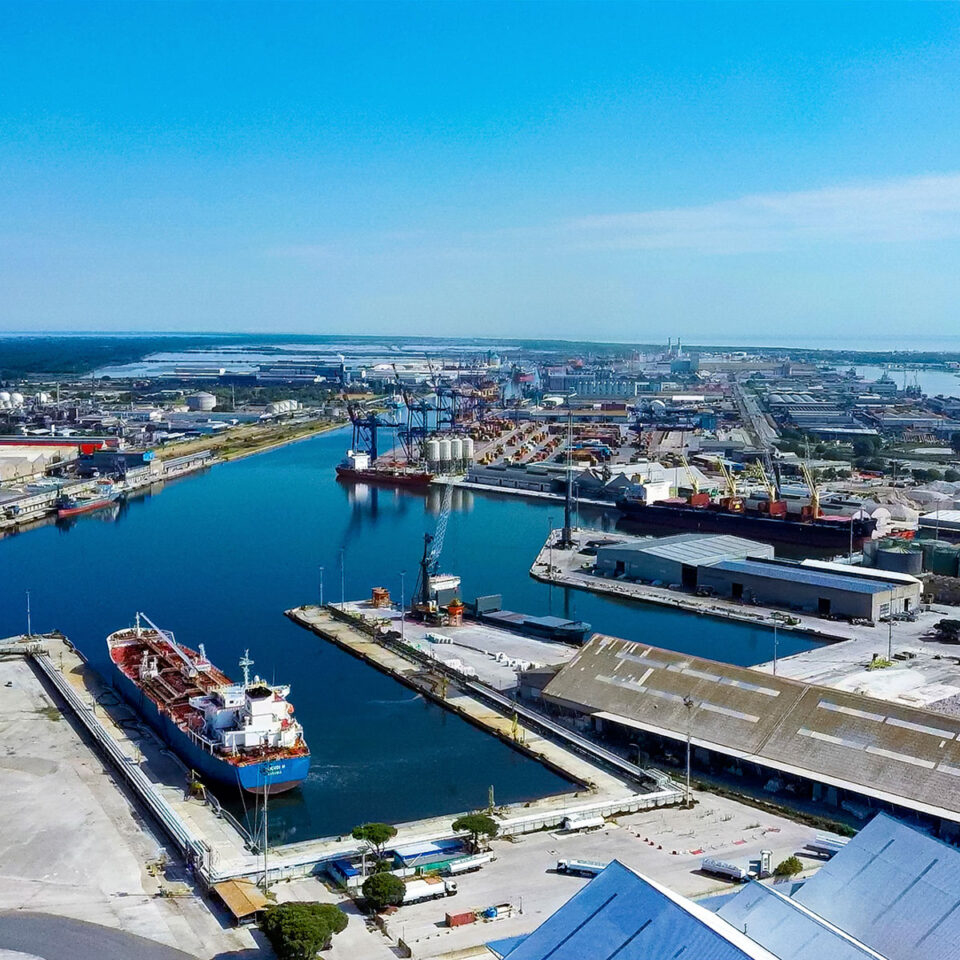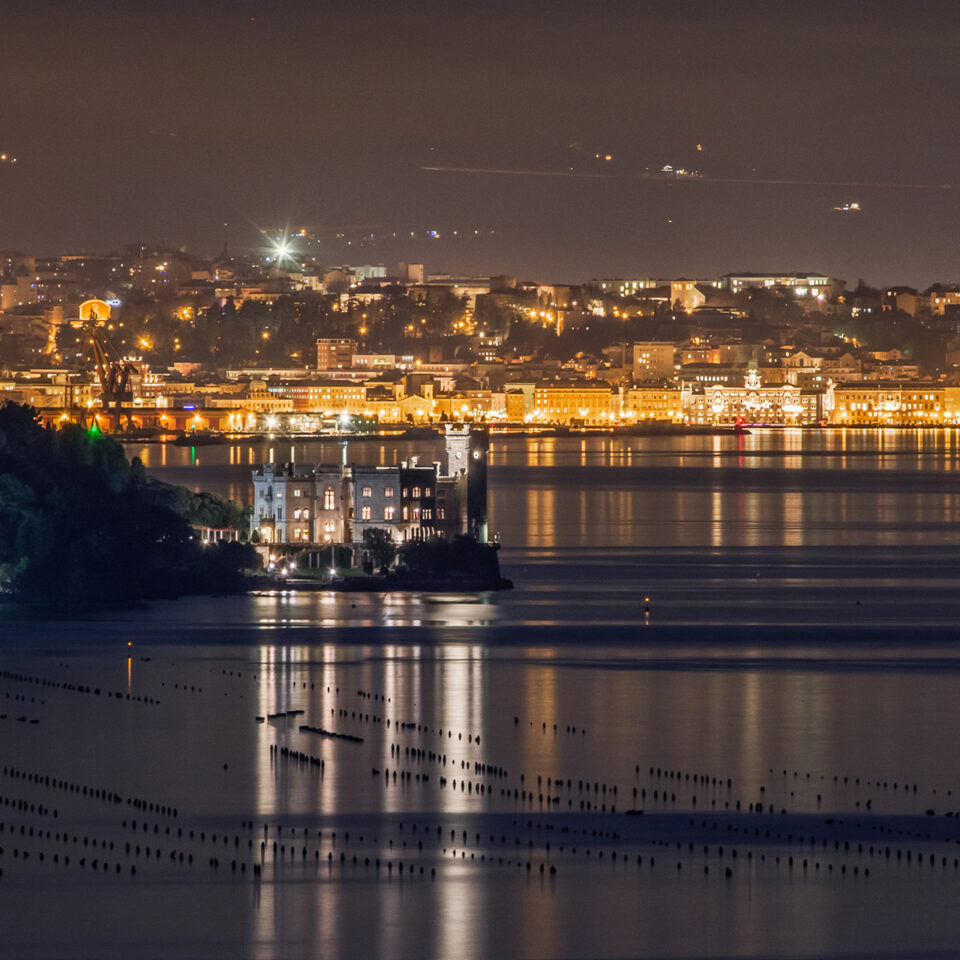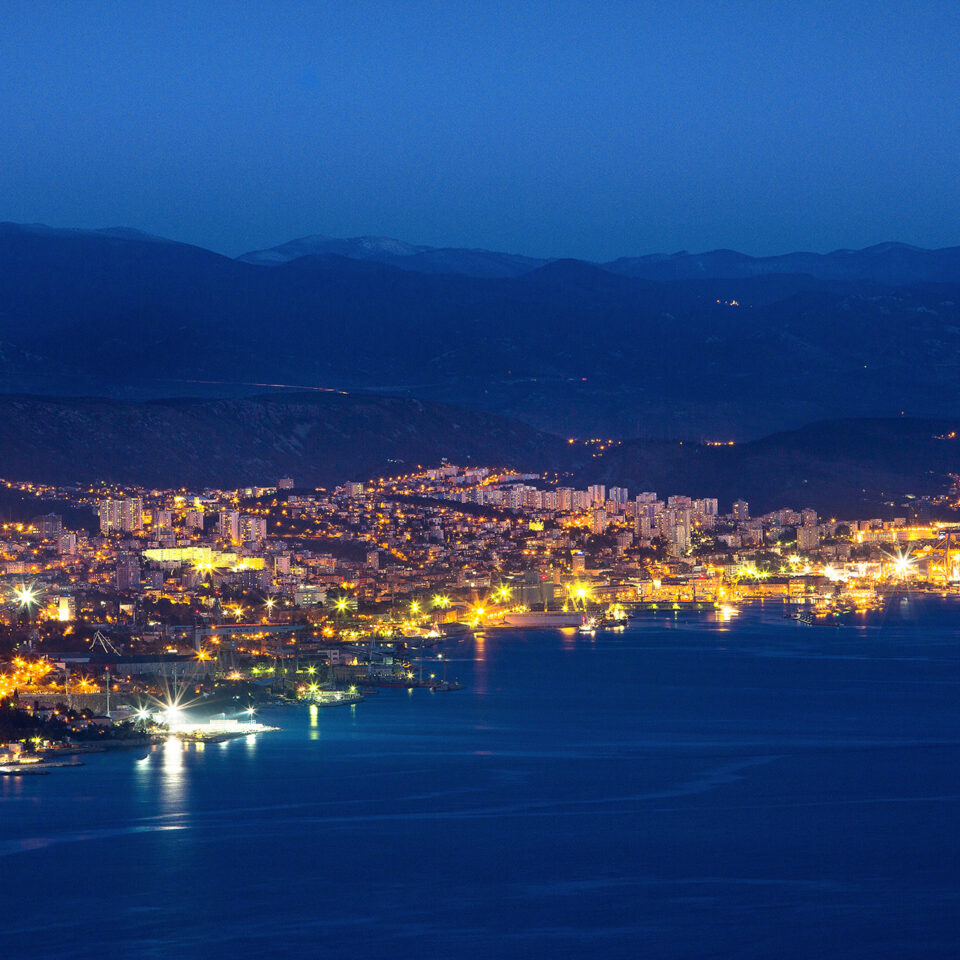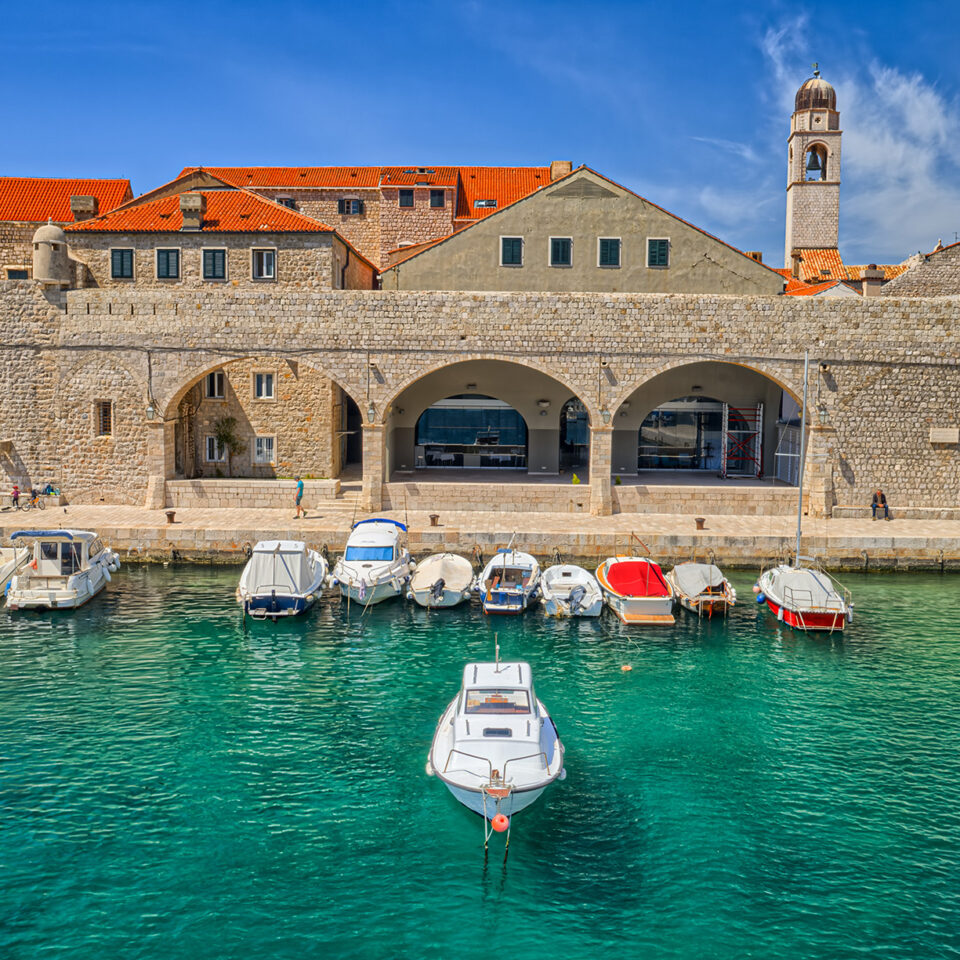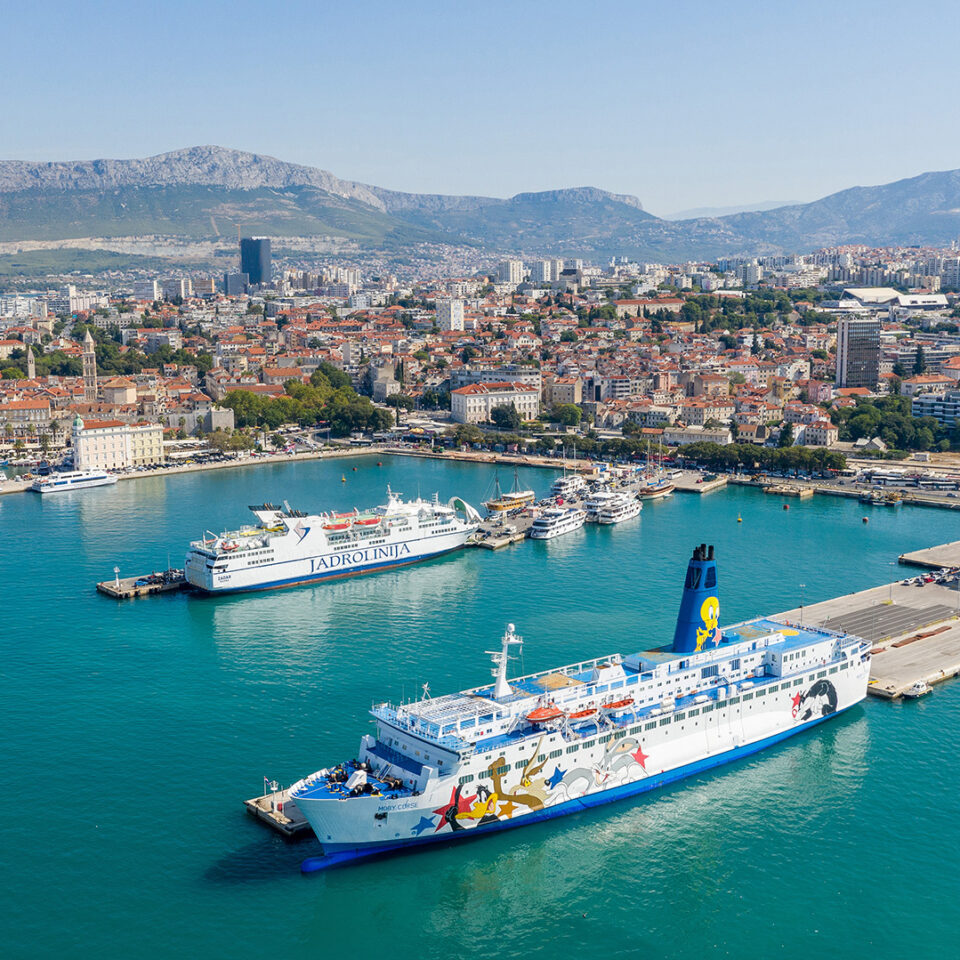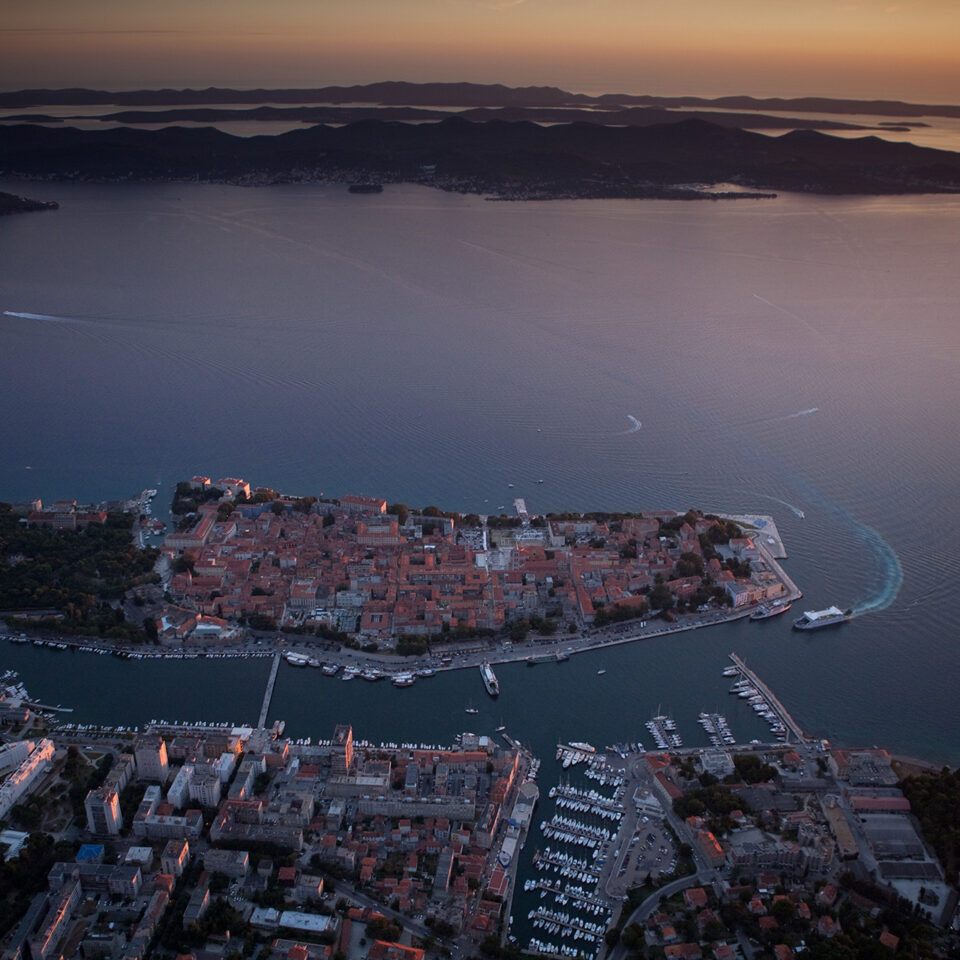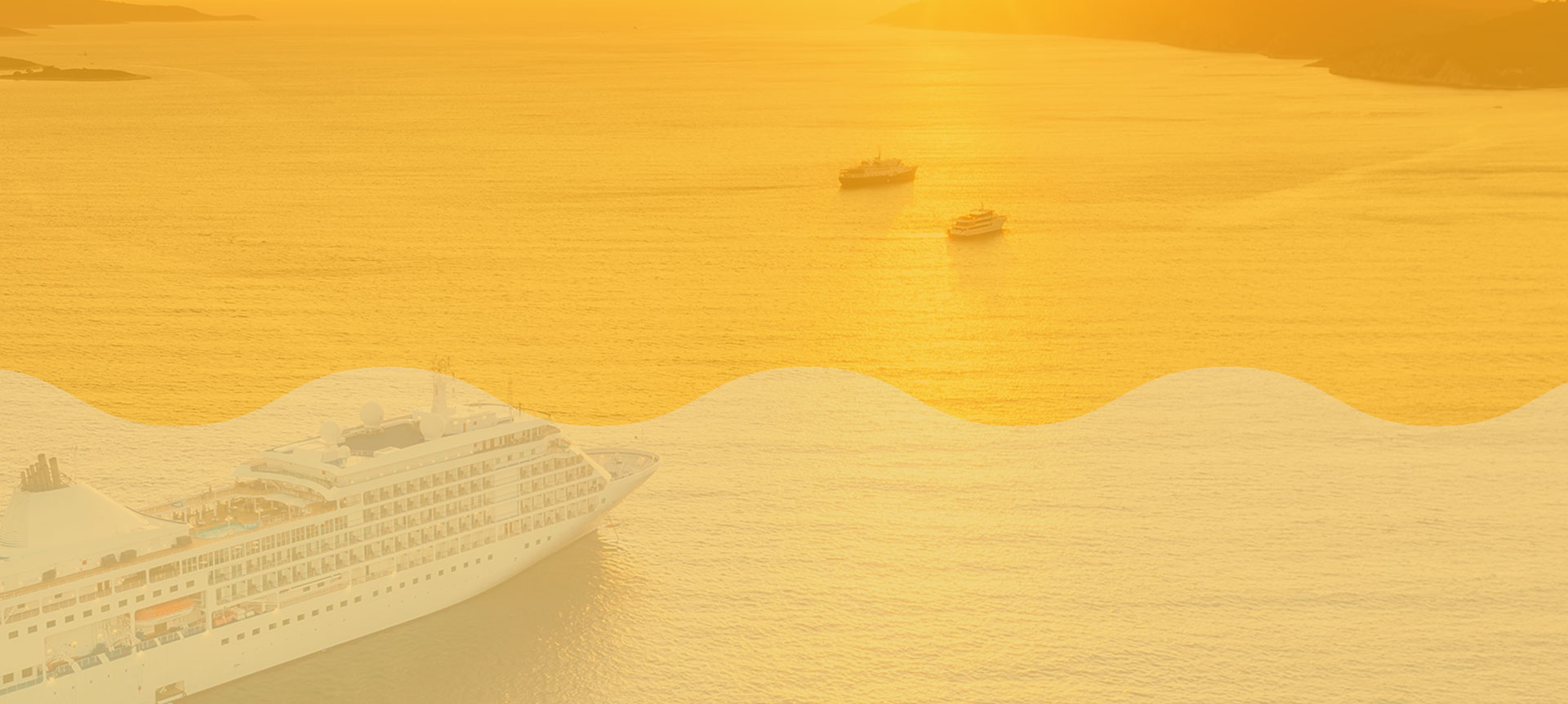


THE CHURCHES OF THE PORT
A port of places, people, and work; a port of monuments and rituals, faces, stories, and tradition; a port of identities, languages, perspectives, and local memories. Commissioned by the Central Adriatic Port Authority, Gian Luca Favetto (Turin, 1957), Italian poet, journalist, writer, and playwright, offers us an author’s view of the Doric port. He writes for the newspaper Repubblica and is a longstanding voice of Radio Rai. He is the creator of the project Interferenze fra le città e gli uomini. Among his most celebrated works: Se dico radici dico storie, the poem collection Mappamondi e corsari, the audiobook I nomi fanno il mondo, the novel La vita non fa rumore, and the short story Un’estrema solitudine.
Text: Cristiana Colli
THE CHURCHES OF THE PORT
by Gian Luca Favetto
A path like an embrace. You can take it in with a glance or, better still, explore it on foot. Take it in stride. Experience it one step at a time. It is a journey in seven stages, from the sea to the top of the hill. From the port to St. Cyriacus. From one church to the next, beginning from the spot where the port is joined to the city.
Our starting point is the 16th century Church of the Most Blessed Sacrament in Piazza della Repubblica, where the RAI building, the Bank of Italy, and the Teatro delle Muse also stand. Rebuilt in the second half of the 18th century, sober and austere, it turns its back to the wharf. It does not fear what comes from the sea.
The 13th century Church of Santa Maria della Piazza is our second stop and the city’s most prominent place of worship. With its candid bareness facing Portella Santa Maria and the peaceful interior divided into three naves, it is a jewel that renders even the Middle Ages contemporary.
As you walk up Via Pizzecolli, the 15th century Church of St. Francis, founded by the Franciscan order, welcomes travellers with its rigorous elegance. Its broad staircase and the pale, bright façade set in an ochre edifice serve as an invitation. It possesses the delicacy of lace and conveys a feeling of vertigo. With its mysterious splendour it observes the far-away sea and the hills in the direction of Falconara.
Fourth leg of our hike: in front of Palazzo degli Anziani, the 17th century Chiesa del Gesù, renovated in the 18th century by Luigi Vanvitelli, appears suddenly with its semi-elliptical staircase and four white columns, two squared and two round. The concave façade mirrors the port’s embrace and extends its gaze as far as the Mole, another creation of Vanvitelli’s: they keep an eye on each other.
The occasion for our fifth stop is the 18th century Church of the Saints Peregrine and Teresa, also known as the Church of the Scalzi, in Piazza Senato near the Palazzo del Senato. Incorporated into the buildings flanking it, it is almost on the edge of the cliff overlooking the port: below it, the Wojtyla Wharf. This is one of the reasons why the great copper dome seems to offer itself as a beacon.
A slight detour will lead us to the sixth station, the 16th century Church of St. Gregory the Illuminator, which underwent several modernisations until the 18th century, when it was entrusted to the Armenian Benedictine Sisters. Slightly set apart, it upholds the ancient heart of the city, collected in the evocative embrace of the Roman amphitheatre.
Finally we come to the Duomo, the 11th century Cathedral of St. Cyriacus, a safe haven where the Romanesque encounters the Byzantine. With its two thousand years of history, it is itself an embrace in the form of stones and columns. A paragon of beauty, it is no coincidence that it stands where the Temple of Aphrodite once rose. It overlooks the port and the port seems to be waiting to welcome the Cathedral into its own embrace. Photographed from above, St. Cyriacus looks like a ship ready to set sail.
If you take a pencil and trace the path you have just walked onto a map of the city, the picture that emerges is the sketch of a rearing horse. Rather, of a sea horse. If you look closely, you can make out a sea horse extending from the port to St. Cyriacus.

